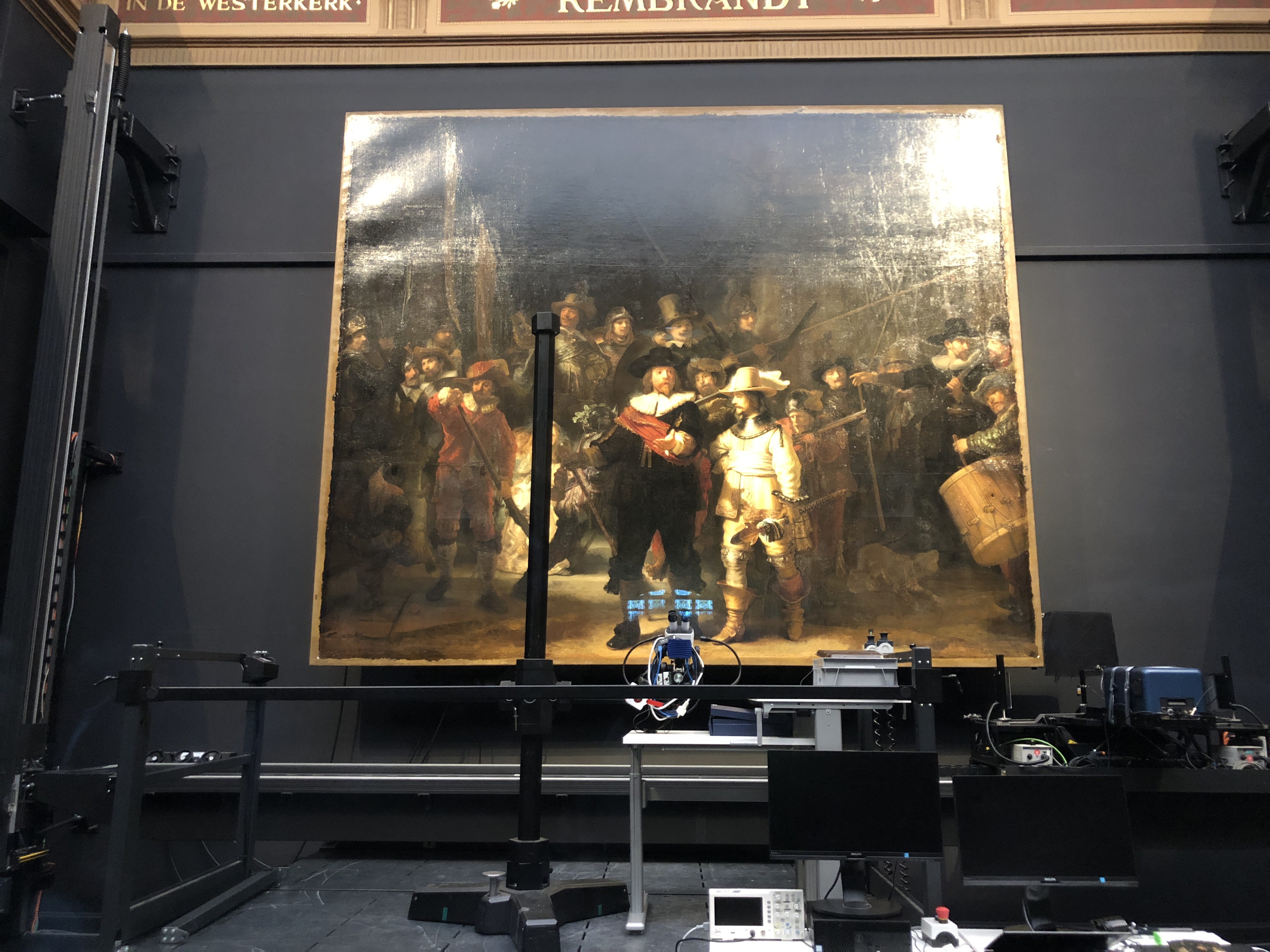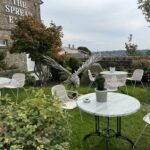I just loved the Rijkmuseum.. and I don’t normally like museums.
Having visited Rembrandts House Museum whilst in Amsterdam, I was particularly intrigued to see Rembrandts most famous work “The Night Watch”. Whilst in his home an explanation was provided about the colours used in the famous painting.
The explanation was fascinating! We were told how difficult and expensive it was to get colours for painting .. something I honestly had never thought about. We take so much for granted in the 21st century, but in the 17th century getting the right colours to make a painting of this size and spectacle was no small feat.
Fore-instance research being conducted at the Rijkmuseum has now analysed the masterpiece and found that the blue used in the painting came from smalt which is a finely ground blue glass.

It was made by melting quartz (sand), together with potash (as flux), and roasted cobalt ore (this gives it its blue colour) at around 1200°C. In the 17th century the cobalt ore came via Saxony (Germany) to the Netherlands, which was a large production centre.

Rembrandt used smalt not only for its blue colour, but he also mixed it with red to make a purple, and with yellow to make a green, and to enliven his brown mixtures. He also used smalt to thicken his paint and to make it dry faster.
So given this information I was excited to see this famous scene painted by Rembrandt and I was not disappointed.



But the other paintings in the Great Gallery were incredible.















The Rijkmuseum was such an enlightening place. It was full of wonderful pieces of art that were so real, lifelike and photorealistic.
Access to the Rijkmuseum was free with our I amsterdam city cards saving us €19 each.
Take a look at the Rijkmuseum website which is full of really interesting information in particular with regards to the ongoing study and analysis of The Night Watch.




